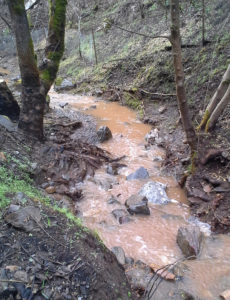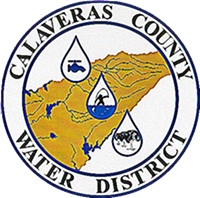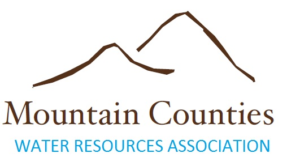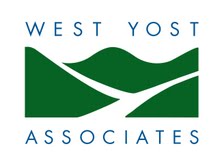By: John Kingsbury, Executive Director
If you’re like most consumers, you are weary from coping with the drought and the accompanying emergency water-use restrictions. You likely have a desire to get your landscape back, and probably don’t want your water district telling you when and how much water to use. Your water district is in the same boat. Their interest and responsibility is to provide reliable high quality water at a cost-effective rate for your beneficial use.
With water now flowing over reservoir spillways in the north, the water districts are anxious to gain back “local control” of their water supply portfolios. Now, as conditions return to normal in many parts of the state, regulators are considering whether to rescind the emergency restrictions. They should do so.
What’s next? The immediate answer is not to continue with landscape restrictions, higher water rates, and a change in the quality of life.
Statewide, average water use is roughly 10% urban, 40% agricultural, and 50% for the aquatic environment. Urban consumers conserved one quarter of the statewide urban water demand. This significant effort accounted for only a 2.5% savings of the total statewide water demand. Yet, the state and federal agencies did little to conserve a portion of the 50% aquatic environmental water.
State and federal regulators should balance social-economic impacts of urban and agricultural water users when determining how and when to allocate water to the environment during a drought.
Also, it’s disheartening to see the state’s largest storage reservoirs, Shasta, Oroville, and Folsom flush millions of gallons of fresh water to the ocean. In doing so, the state and federal agencies robbed agricultural interests and homes in both northern and southern California of water that could be put to beneficial use. Rather than wasting the water, state and federal agencies should implement projects to capture and store winter’s excess flood flows as a water “bank” for later use in the summer and fall. Of course, others will argue that this water is more appropriately needed for fish and to flush the Delta. Long-term water management is more than flow for fish.
Last year, the Delta Independent Science Board (Delta ISB) released a report about flows and fishes in the Sacramento-San Joaquin Delta. The Delta ISB reported that “flow is but one factor affecting fishes and its effects are confounded by other drivers of fish production in the ecosystem.” “The five drivers (or stressors) include habitat alteration and loss, resource use and exploitation, invasive species, pollution, and climate.”
The California Legislature established the Sacramento-San Joaquin Delta Reform Act and the Delta ISB in 2009. The Delta ISB is a standing board of prominent national and international scientists with the appropriate expertise to evaluate a broad range of scientific programs that support adaptive management of water resources in the Delta.
California has a complex integrated water plumbing system. Consider a three legged stool. You can’t properly upright and level a stool unless all three legs of equal length and strength are connected to the seat. Otherwise, it just won’t work. This is no different than California’s plumbing system. California’s water system has three legs; water supply, water demand and the environment. To achieve balance and stability, all three legs must be equal.
Admittedly we need to advance our water use efficiency practices through advancing technologies. We also must balance the environmental and water supply legs of the stool. If not, the statewide water system will never achieve equilibrium.
We can’t balance this stool focusing on water conservation.
The state and federal agencies need do a better job of mitigating the drivers or stressors of the Delta and its watershed, and implement projects to build additional water supply.
I’ve worked in the California water world for nearly 30 years. In my opinion, we’re headed down the wrong path, regulatorily speaking. We keep doing the same thing over and over, while expecting a different result. As we move past this drought emergency, it’s time to encourage state and federal agencies to return local control to the water districts, refocus, collaborate effectively, and implement a fair, balanced, and comprehensive long-term statewide water management strategy. It is unreasonable and unfair to keep kicking this can down the road to the next generation.















